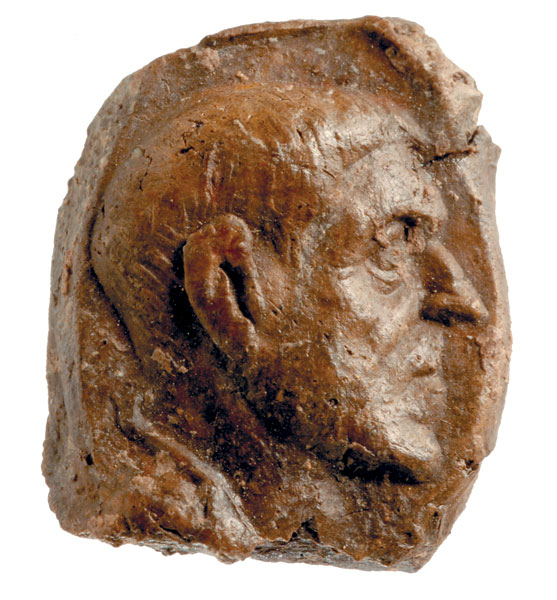Life and Death on the Israel-Lebanon Border
Excavation Yields Thousands of Seal Impressions

When you look at a map, the first things you notice are borders. But what did borders mean in ancient times? In the mid-1990s, we became curious about that very question. Both of us had been excavating in Israel for more than 25 years—and during those years we’d always taken the importance of borders as a given. We began wondering, however, if we might not be imposing a modern sense of definiteness onto our view of life in antiquity. Just what did it mean to live on a border in, say, 200 B.C.E.?
In archaeology, it’s easier to come up with an interesting question than to identify a site that might provide an answer. Our first challenge was to find a site on an ancient border—one that clearly occupied a border position according to ancient sources (as opposed to a site whose border position is surmised on account of archaeological evidence, such as Beth-Shemesh). That way, we’d avoid a circular “proof” in our interpretation of the evidence that we would find.
Our second challenge was to find a site occupied in the classical periods in which we worked (Persian, Hellenistic and Roman). We especially wanted to investigate the nature and rhythms of everyday life on the border.
Already a library member? Log in here.
Institution user? Log in with your IP address.

